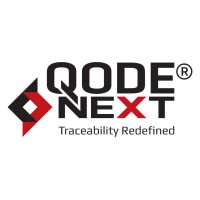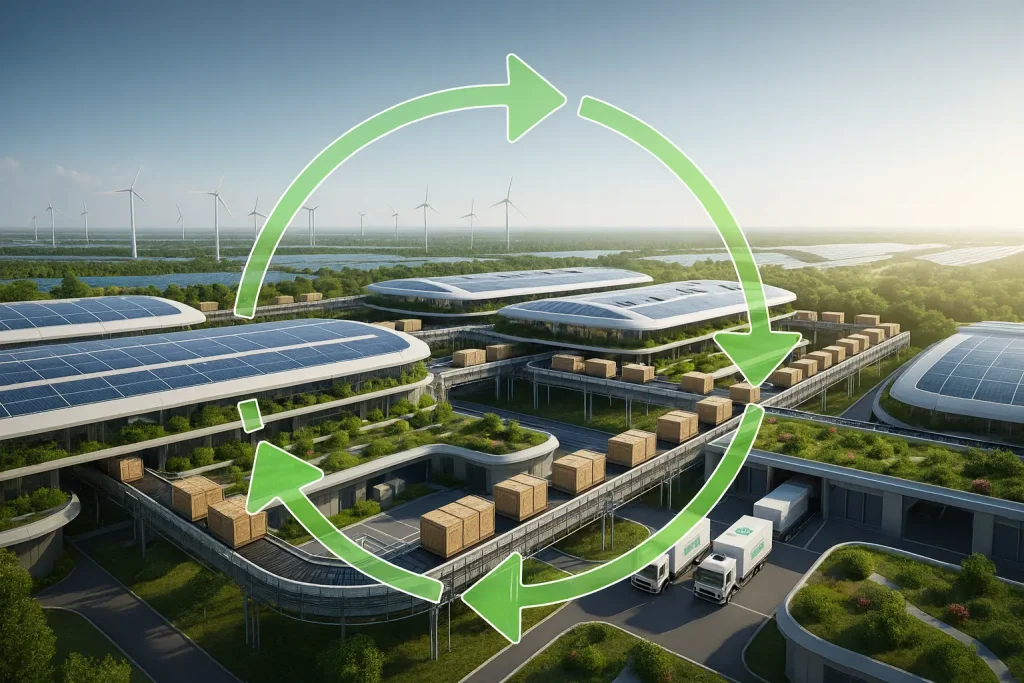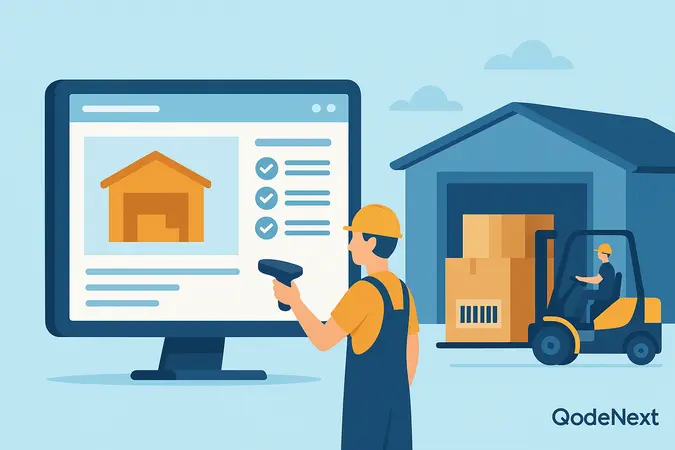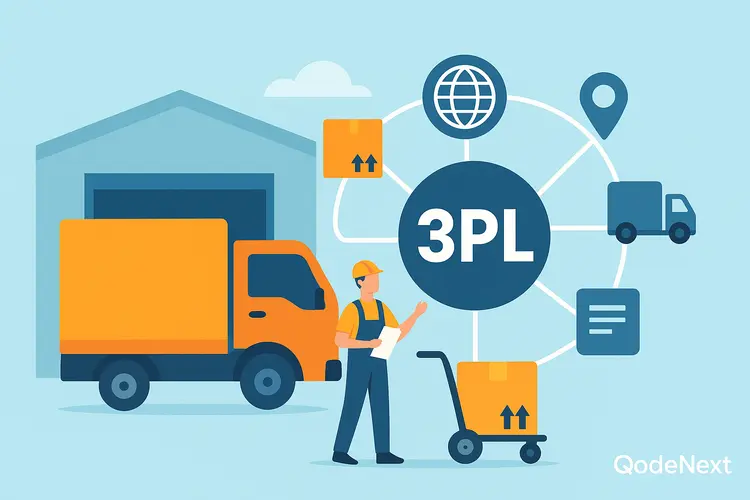The Pick to Light system is a game-changer in the realm of order fulfillment and logistics. This innovative technology combines efficiency, accuracy, and speed to optimize warehouse operations. By utilizing light indicators and digital displays, the Pick to Light system guides warehouse personnel through the picking process, reducing errors and increasing productivity. Among various order picking innovations, Pick by Light is a widely adopted solution that uses light indicators at picking locations to guide warehouse workers efficiently. This system reduces human error and accelerates the picking process, making it ideal for high-volume and accuracy-sensitive operations.
In this blog, we will explore the ins and outs of the Pick to Light system, uncovering its benefits and applications across various industries. Whether you’re a business owner or a logistics professional, this concise guide will equip you with the knowledge you need to revolutionize your order-picking operations.
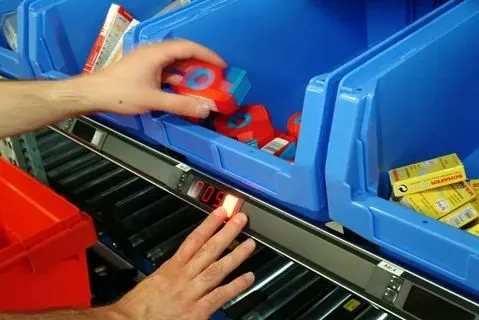
What Is a Pick to Light System?
A Pick to Light system is a technology-driven order fulfillment method used in warehouses and distribution centers to enhance accuracy and efficiency in the picking process. It employs a series of light modules installed in shelving units or picking bins, which are controlled by a central computer system.
The system guides operators to the correct location and quantity of items to be picked by illuminating the corresponding lights, reducing errors and increasing productivity. Here are the six basic features of a Pick to Light system:
- Visual Guidance: The system uses illuminated lights to direct operators to the exact location of items to be picked. Each light corresponds to a specific SKU or product, ensuring accurate picking.
- Error Prevention: By eliminating the need for paper-based picking lists or manual data entry, the system minimizes human errors, such as picking the wrong item or incorrect quantity.
- Real-time Inventory Control: Pick to Light systems are integrated with inventory management software, providing up-to-date information on stock levels and reducing the chances of picking out-of-stock items.
- Increased Efficiency: The visual guidance and streamlined process of a Pick to Light system enhance picking speed and overall productivity, allowing for faster order fulfillment.
- Scalability: These systems can be easily expanded or modified to accommodate changing business needs, making them adaptable to growth and fluctuations in order volumes.
- Data Collection and Analytics: Pick to Light systems collect data on picking performance, allowing for analysis and optimization of workflows, employee productivity, and order accuracy.
Overall, Pick to Light systems offer a reliable and efficient solution for improving order fulfillment operations, leading to enhanced customer satisfaction and reduced costs for businesses.
How Does the Pick to Light System Work?
The Pick to Light system is a technology used in warehouses and distribution centers to improve order-picking efficiency and accuracy. It employs a combination of lights, displays, and sensors to guide workers through the picking process. Powered by advanced pick to light technology, these systems integrate seamlessly with warehouse management software to provide dynamic order updates, control light modules, and track inventory movements, enabling a smarter, data-driven supply chain. Here’s a step-by-step breakdown of how the Pick to Light system works:
- Order information: The system receives order information from the warehouse management system (WMS) or an enterprise resource planning (ERP) system. This data includes details such as the items to be picked, their quantities, and their locations within the warehouse.
- Display modules: Each picking location is equipped with a display module that consists of a numeric or alphanumeric display and a series of indicator lights. The display module is connected to the central control system.
- Order assignment: The central control system assigns an order to a specific picking location based on availability and proximity. The display module at that location is activated to indicate that it has been assigned an order.
- Illuminated indicators: Upon activation, the display module illuminates the lights associated with the specific items in the order. Each item has a corresponding light, and the quantity to be picked is displayed on the module.
- Picking process: The worker locates the picking location indicated by the illuminated lights. They then confirm the quantity to be picked by pressing a button or triggering a sensor on the display module. This action acknowledges the completion of the picking task for that item.
- Next picking location: Once the worker confirms the completion of the task, the central control system assigns the next picking location and activates the corresponding display module.
- Order completion: The worker continues the picking process, moving from one location to another until all items in the order have been picked up and confirmed. The system ensures that all items are accounted for and in the correct quantities.
- Error prevention: The Pick to Light system helps prevent picking errors by providing clear visual guidance and confirmation at each step. If a mistake is made, such as picking the wrong item or incorrect quantity, the system can detect the error and alert the worker through visual or auditory signals.
Overall, the Pick to Light system streamlines the order-picking process by guiding workers efficiently, reducing errors, and improving productivity in warehouse operations.
What Are The Pros and Cons of Pick to Light Systems?
Pick-to-Light systems are a smart solution for warehouses looking to boost picking speed and accuracy. By using illuminated indicators, they guide workers directly to the right items and quantities, reducing errors and cutting training time dramatically. These systems integrate seamlessly with warehouse software, providing real-time inventory updates and enabling batch picking to optimize workflows. While the initial setup can be costly and less flexible for layout changes, the efficiency gains often outweigh these challenges. Overall, Pick-to-Light enhances productivity by up to 40%, minimizes mistakes, and creates a more ergonomic and user-friendly work environment.
Advantages of Pick to Light System Worth Considering
With its numerous advantages, this Pick to Light system has gained popularity across industries as it enhances productivity, accuracy, and overall operational efficiency. The Pick to Light system revolutionizes warehouse operations by illuminating specific locations where items need to be picked, displaying quantities, and confirming picks in real-time. This technology not only speeds up the process but also ensures accuracy by providing clear visual cues. Let us explore the top 10 Benefits of the Pick to Light System:
- Increased Picking Speed: The visual cues provided by the Pick to Light system significantly improve picking speed, enabling workers to locate and select items with greater efficiency.
- Enhanced Accuracy: By eliminating manual picking errors, the system minimizes the chances of mistakes and improves order accuracy, leading to higher customer satisfaction and reduced returns.
- Reduced Training Time: The intuitive nature of the Pick to Light system reduces the learning curve for new employees, enabling faster training and onboarding while maintaining accuracy.
- Improved Productivity: With streamlined processes and reduced handling time, the system boosts overall productivity, allowing for more orders to be fulfilled within the same timeframe.
- Real-time Inventory Management: The system provides real-time visibility into inventory levels, ensuring timely replenishment and preventing stockouts, leading to improved inventory management.
- Error-proof Operation: The use of visual indicators eliminates the need for manual checks and reduces human error, resulting in increased operational reliability and reduced costs associated with rework or returns.
- Scalability: The Pick to Light system can be easily expanded or modified to accommodate changing business needs and growth, making it a flexible solution that can adapt to evolving requirements.
- Order Consolidation: By guiding workers to pick multiple orders simultaneously, the system enables batch picking, optimizing the order fulfillment process and reducing travel time within the warehouse.
- Performance Monitoring and Analytics: The system provides data on pick rates, worker performance, and order fulfillment metrics, allowing for continuous improvement and informed decision-making.
- Ergonomic Benefits: The Pick to Light system promotes worker ergonomics by minimizing physical strain and reducing the risk of repetitive motion injuries, fostering a safer and healthier work environment.
The Pick to Light system offers a range of benefits that can revolutionize order-picking processes. Its ability to improve speed, accuracy, and overall operational efficiency makes it a valuable investment for organizations seeking to optimize their warehouse operations and enhance customer satisfaction. Implementing a pick to light system in a warehouse offers significant advantages such as increased labor productivity, reduced picking errors, and faster order fulfillment cycles. Many industries like e-commerce, automotive, and pharmaceuticals leverage this system to optimize warehouse throughput.
Conclusion
In conclusion, we can say that a Pick to Light system is a highly efficient and accurate order fulfillment solution that optimizes warehouse operations. It significantly reduces picking errors, improves productivity, and enhances overall customer satisfaction. By incorporating advanced technology and streamlined processes, businesses can experience substantial gains in efficiency and cost savings.
If you’re looking to implement a Pick to Light system for your operations, Qodenext is here to help. With their expertise in warehouse automation and tailored solutions, they can guide you through the implementation process and maximize the benefits of this innovative system. Contact Qodenext today to revolutionize your order fulfillment processes.
FAQs on Pick to Light System
1. What is a Pick to Light system?
A Pick to Light system is a warehouse order fulfillment technology that uses illuminated lights and digital displays to guide workers to the exact locations and quantities of items to pick, increasing speed and accuracy.
2. How does the Pick to Light system improve accuracy?
By providing clear visual cues and requiring pick confirmations, it reduces human errors associated with manual paper-based picking.
3. What are the key components of a Pick to Light system?
It consists of light modules installed in storage locations, a central control system that receives order data, and display modules showing item quantity and location.
4. How does the Pick to Light system integrate with warehouse software?
It connects with Warehouse Management Systems (WMS) or ERP systems to receive real-time order information and update inventory levels during picking.
5. Can the Pick to Light system handle multiple orders simultaneously?
Yes, it supports batch picking by guiding workers to pick items for several orders at once, optimizing travel and fulfillment time.
6. Is the system scalable for business growth?
Absolutely. Pick to Light systems can be expanded or modified to meet changing order volumes and business needs.
7. What industries benefit most from Pick to Light technology?
Retail, e-commerce, manufacturing, and distribution centers where high volume and fast, accurate order picking are critical.
8. How does the system contribute to worker ergonomics?
By minimizing search time and manual checks, it reduces physical strain and helps prevent repetitive motion injuries.
9. What data insights does a Pick to Light system provide?
It tracks picking performance, order accuracy, and productivity metrics for workflow optimization and informed management decisions.
10. Why should businesses consider implementing a Pick to Light system?
Because it enhances operational efficiency, reduces costs from picking errors, accelerates order fulfillment, and ultimately improves customer satisfaction.
